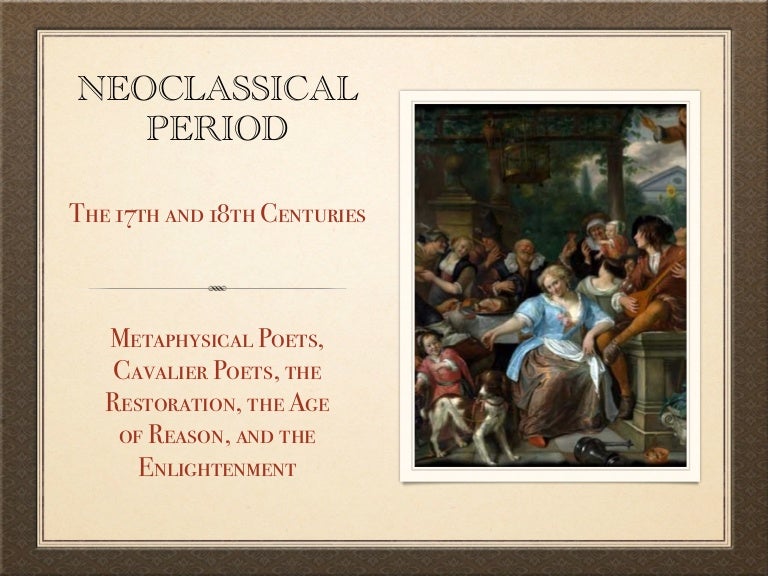

The rapid growth of towns quickly outstripped affordable housing, leading to overcrowding and shockingly poor sanitary conditions. Families tended to be large, although the birth rate declined a bit over the course of the century as more information on contraception became available. The population explosion that occurred during this period was accompanied by a tremendous amount of industrialization and urbanization by the end of the century, a vast majority of children lived in towns rather than rural communities. Throughout her long reign, one out of every three of her subjects was under the age of fifteen. Victoria’s England was a child-dominated society. High infant mortality rates, inadequate schooling, and child labor persisted right to the end of the century, suggesting that many Victorians remained unconvinced that childhood should be marked off as a protected period of dependence and development. Yet despite such rhetoric, real reform did not come quickly. As the century wore on, writers and artists began to produce increasingly sentimentalized images of children, emphasizing their angelic, adorable qualities. This activism was motivated in part by a growing acceptance of the Romantic idea that children are innocent creatures who should be shielded from the adult world and allowed to enjoy their childhood. Beginning in the 1830s, the Victorians passed a variety of laws aimed at protecting the wellbeing of children at work, at school, or in the home. The idea that children have rights that the state should protect may have seemed silly at dawn of the nineteenth century, but by the time Queen Victoria died in 1901, it had Next, she scoffed, reformers would begin to discuss the rights of women, and then (even more ridiculously) “our enlighteners will illuminate the world with grave descants on the rights of youth, the rights of children, the rights of babies” (Walvin 45). Denouncing Thomas Paine’s radical insistence that all men are created equal, More argued that recognizing the “rights of man” was an absurd idea. For recent reconsiderations, see also the essays in Religion and Literature 45/2 (Summer 2013), in the section on Hopkins edited by Martin Dubois.In 1799, children’s author and educator Hannah More reacted against the revolutions that had recently taken place in America and France in terms that tell us a great deal about the child’s place in British society at that time. Few publications on Hopkins do not discuss his religious convictions: see, for example, Ward, Bernadette Waterman, World as Word: Philosophical Theology in Gerard Manley Hopkins ( Washington DC, 2002) Google Scholar Muller, Jill, Gerard Manley Hopkins and Victorian Catholicism: A Heart in Hiding ( New York, 2003) Google Scholar Dau, Duc, Touching God: Hopkins and Love ( London and New York, 2013) Google Scholar.

See also Mason, Emma's forthcoming Christina Rossetti: Green Grace ( Oxford, forthcoming 2017) Google Scholar. 9 On Rossetti, see, for example, D’Amico, Diane, Christina Rossetti: Faith, Gender and Time ( Baton Rouge, LA, 1999) Google Scholar Palazzo, Lynda, Christina Rossetti's Feminist Theology ( London, 2002) CrossRef Google Scholar Arseneau, Mary, Recovering Christina Rossetti: Female Community and Incarnational Poetics ( London, 2006) Google Scholar Roe, Dinah, Christina Rossetti's Faithful Imagination: The Devotional Poetry and Prose ( London, 2006) Google Scholar Dieleman, Karen, Religious Imaginaries: The Liturgical and Poetic Practices of Elizabeth Barrett Browning, Christina Rossetti, and Adelaide Procter ( Athens, OH, 2012) Google Scholar Ludlow, Elizabeth, Christina Rossetti and the Bible: Waiting with the Saints ( London, 2014) Google Scholar.


 0 kommentar(er)
0 kommentar(er)
